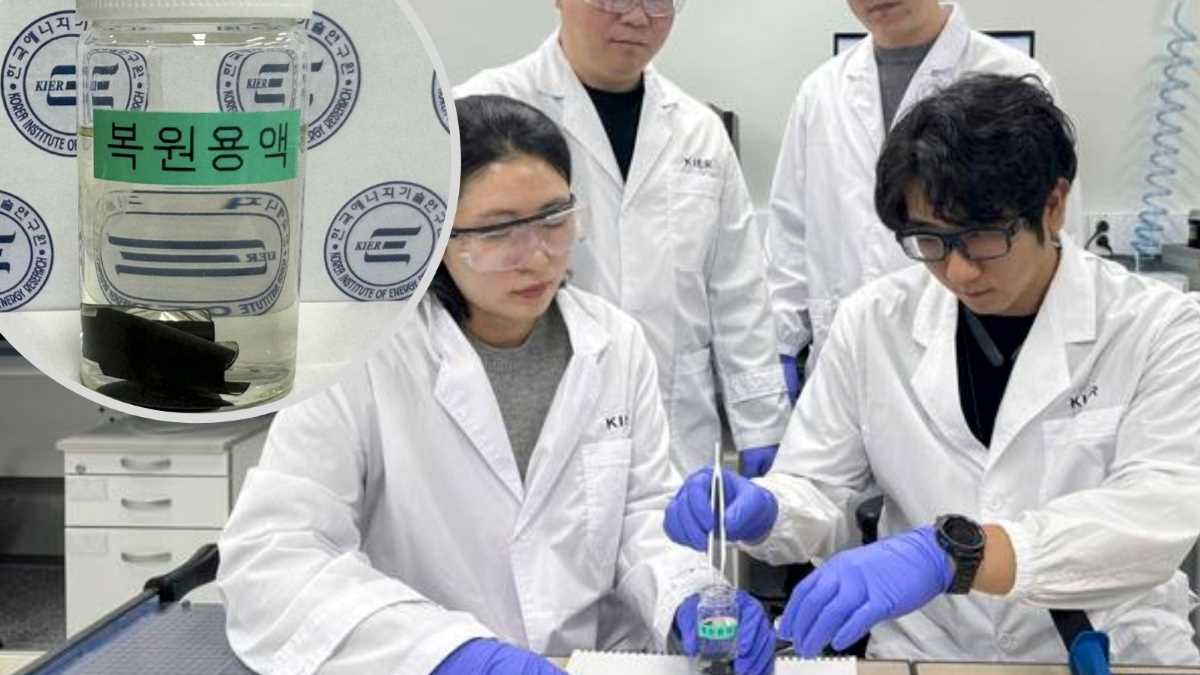A research team led by Dr. Jung-Je Woo from the Clean Energy Research Center in Gwangju, at the Korean Institute of Energy Research (KIER), has developed an economic and ecological technology to recycle spent lithium-ion battery cathode materials.
Context and Challenges
With the increase in electric vehicles and mobile devices, managing spent lithium-ion batteries has become a global challenge. By 2040, it is expected that the number of electric vehicles taken out of the market will exceed 40 million, posing a significant environmental challenge.
Limitations of Traditional Recycling
Conventional battery recycling involves crushing them and extracting valuable metals through chemical processes, which presents drawbacks such as the use of highly concentrated chemicals, high energy requirements, and contribution to carbon dioxide emissions.
Direct Recycling Technology
Dr. Woo’s team developed a technology that recycles cathode materials directly without chemical alteration. This process is based on mild environmental conditions and a restoration solution that regenerates cathode materials through galvanic corrosion.

Galvanic Corrosion Mechanism
Galvanic corrosion occurs when two different metals come into contact in an electrolytic medium.
In this case, the bromine in the restoration solution initiates spontaneous corrosion upon contact with the aluminum in the battery, allowing electrons to transfer to the cathode material and lithium ions to incorporate, restoring it to its original state.
Results and Advantages
Electrochemical performance tests confirmed that the restored cathode materials reached a capacity equivalent to that of new materials.
This advancement significantly reduces carbon emissions, promotes the recovery of valuable resources, and decreases dependence on intensive mining.
The results of this research were published in October 2024 in the journal Advanced Energy Materials, highlighting its relevance in the fields of energy and materials.
Do you already know our YouTube channel? Subscribe!

